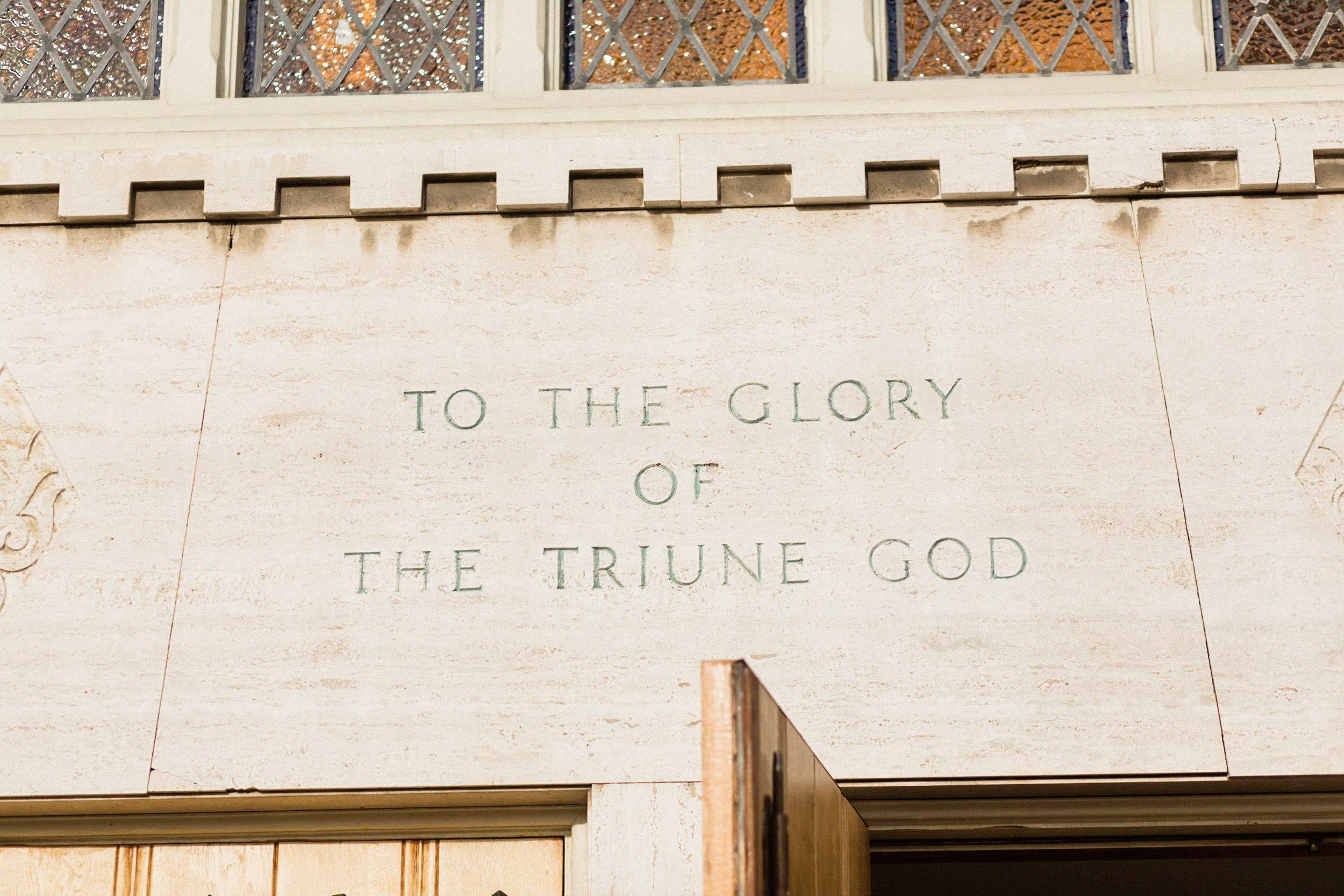Grace Lutheran Church
15 Santa Fe Avenue, El Cerrito, CA 94530 | (510) 525-9004
The Nicene Creed
The Council of Nicaea, in which the Nicene Creed was established, was arguably one of the most significant events in the early church history, after Jesus’ birth, death, and resurrection. It institutionalized our statement of faith and formalized the doctrine of the Holy Trinity. The council was convened in 325 A.D., seven months after Constantine won a battlefield victory that made him the sole emperor of the Roman empire. The political environment in the Roman Empire, as well as some serious doctrinal issues being debated by a few theologians, were the primary reasons why the Council of Nicaea was convened.
The Council of Nicaea was the first time that a debate had taken place in front of a full synod with representatives from all provinces, and represented a new form of government for the Church as well as a new position in the empire. The Christian historian Socrates of Constantinople said that the number of bishops at the council exceeded three hundred, and that the number of presbyters, deacons, and others who attended them was almost incalculable, and Constantine himself was present for the opening of the council.
The primary doctrinal issue that the led to the council was a controversy that had been brewing in Alexandria, Egypt. There was a disagreement between the Alexandrian Presbyter Arius and Alexander, Arius’ bishop, regarding the nature of the Holy Trinity, and more specifically the divinity of Jesus Christ. Arius strongly held that the Father, Son, and Holy Spirit were three hypostases, or self-identical beings, and Alexander suspected that Arius denied that the Son and Spirit are in a common Godhead with the Father. An Egyptian synod was convened to settle the matter, without success, and the disagreement began to spread outside of Egypt
The argument between Alexander and Arius that precipitated Constantine’s call for the council was front and center, and was fiercely debated. The council lasted more than a month, from early June to late July. The primary product of the council was the Nicene Creed, which is still used today, albeit slightly modified from the original creed. It was produced after serious debate, which ended in near unanimous approval, that reflected the gravity of the disagreements at hand concerning the divinity of Jesus Christ.
For our congregation, we witness the fruits of the Council of Nicene’s labor every time we walk into our sanctuary. On the exterior wall above the door to the sanctuary is the statement “To the Glory of the Triune God”. And every time we recite the Nicene Creed during worship services we reconnect with those early church fathers that fought so hard to safeguard this truth we hold dear. Words matter, and the words carefully selected in the Nicene creed are a testament to this. Each time we recite the Nicene creed during worship services we are reminded of the struggles the early Church went through, and how significant an event this was in Christian history.
Below is the full text of the Nicene Creed we use in our Sunday worship services.
I believe in one God, the Father Almighty, maker of heaven and earth and of all things visible and invisible.
And in one Lord Jesus Christ, the only-begotten Son of God, begotten of His Father before all worlds, God of God, Light of Light, very God of very God, begotten, not made, being of one substance with the Father, by whom all things were made; who for us men and for our salvation came down from heaven and was incarnate by the Holy Spirit of the virgin Mary and was made man; and was crucified also for us under Pontius Pilate. He suffered and was buried. And the third day He rose again according to the Scriptures and ascended into heaven and sits at the right hand of the Father. And He wil come again with glory to judge both the living and the dead, whose kingdom will have no end.
And I believe in the Holy Spirit, the Lord and giver of life, who proceeds from the Father and the Son, who with the Father and the Son together is worshiped and glorified, who spoke by the prophets. And I believe in one holy Christian and apostolic Church, I acknowledge one Baptism for the remission of sins, and I look for the resurrection of the dead and the life of the world to come. Amen.
